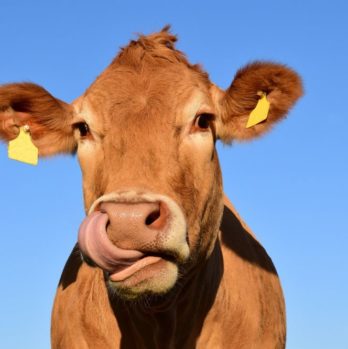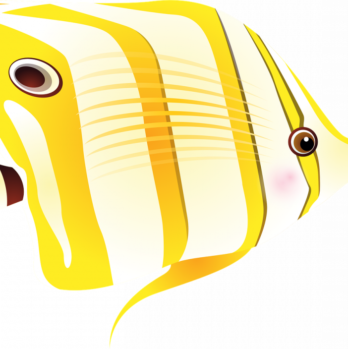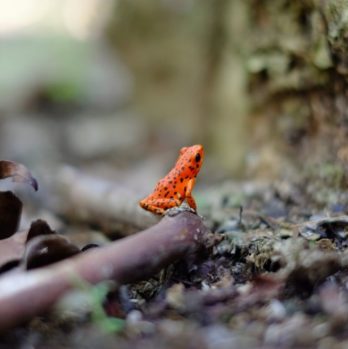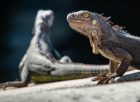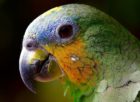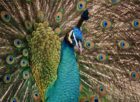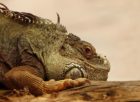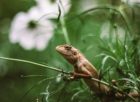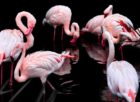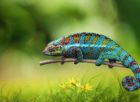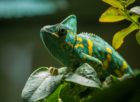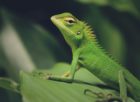Danish Animals: A Fascinating Look at the Wildlife of Denmark
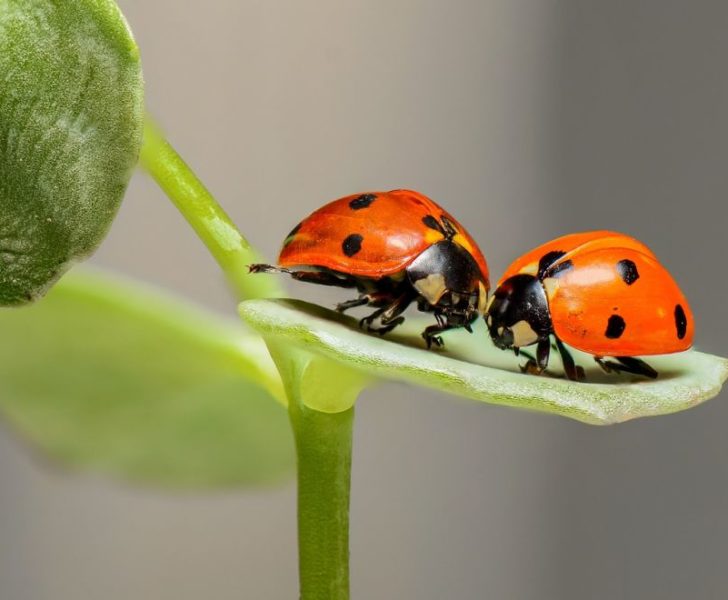
Introduction:
Denmark, a small Scandinavian country known for its picturesque landscapes and rich cultural heritage, is home to a diverse range of native wildlife. From the coastal regions to the lush forests, Danish animals have adapted to thrive in this unique environment. In this article, we will explore the fascinating world of Danish animals, providing key insights and essential information for those interested in this topic.
The Evolution of Danish Animals:

Over centuries, Danish animals have evolved and adapted to the changing landscape of Denmark. The region’s geographical features, including its coastline, forests, and farmlands, have shaped the diversity of species found here. The historical development of Danish animals can be divided into several periods, each marked by significant changes in the ecosystem.
– Prehistoric Era:
During the prehistoric era, Denmark was covered by dense forests and inhabited by animals such as bears, wolves, and a variety of wild boars. The presence of these large predators highlights a different era in Danish wildlife, characterized by a more balanced ecosystem.
– Medieval Times:
In the medieval era, forests were gradually cleared for agriculture, leading to a decline in the population of larger animals. Human settlements expanded, resulting in the dominance of domesticated animals such as cows, horses, and agricultural pests like rats.
– Modern Era:
With the industrialization and urbanization of Denmark, the natural habitats of many Danish animals were affected. However, conservation efforts and the establishment of national parks have helped protect and preserve the remaining wildlife. Today, Danish animals can be found in various habitats, including forests, wetlands, and coastal areas.
Noteworthy Danish Animals:
1. Red Deer (Cervus elaphus):
The red deer is Denmark’s largest land mammal, known for its majestic antlers. They inhabit forests and open landscapes across the country and are often seen grazing in meadows. The red deer plays a crucial role in ecosystem balance and is a symbol of Denmark’s rich wildlife heritage.
2. Harbor Porpoise (Phocoena phocoena):
The harbor porpoise is one of Denmark’s most iconic marine mammals. Found in the waters around Denmark, these small cetaceans are known for their playful nature and distinctive dorsal fin. Conservation efforts have been successful in protecting and increasing the population of harbor porpoises.
3. Common Frog (Rana temporaria):
A common sight in Danish wetlands and forests, the common frog is a fascinating amphibian. They have a unique life cycle, beginning as tadpoles in freshwater ponds before metamorphosing into adult frogs. Common frogs play a crucial role in controlling insect populations and are an important indicator of environmental health.
4. European Otter (Lutra lutra):
The European otter is a semi-aquatic mammal that can be found in Denmark’s rivers, lakes, and coastal areas. These adorable creatures are skilled swimmers and have a voracious appetite for fish. The otter’s presence indicates the health of the aquatic ecosystem, as they are sensitive to water pollution.
Conservation Efforts and Future Challenges:
Danish animals face various challenges due to habitat loss, pollution, and climate change. However, Denmark has implemented several conservation initiatives to protect its wildlife. Strict regulations on hunting, the establishment of national parks and reserves, and wildlife monitoring programs have contributed to the preservation of Danish animals.
In recent years, citizen science projects have gained popularity, allowing ordinary people to contribute to wildlife research and conservation efforts. These initiatives engage the local community and promote awareness about the importance of preserving biodiversity.
Conclusion:
Danish wildlife offers unique opportunities for animal enthusiasts and nature lovers to explore the diverse ecosystems of the country. From red deer roaming the forests to harbor porpoises gracefully swimming in the sea, Denmark’s animals provide a window into the natural world. Understanding the historical development, notable species, and conservation efforts of Danish animals enhances our appreciation for the rich biodiversity found within this small Scandinavian nation.
So, whether you are a dedicated animal lover or simply curious about Danish wildlife, take the time to explore and support the preservation of these remarkable creatures. By valuing and protecting Danish animals, we ensure a sustainable future for both the wildlife and ourselves.
